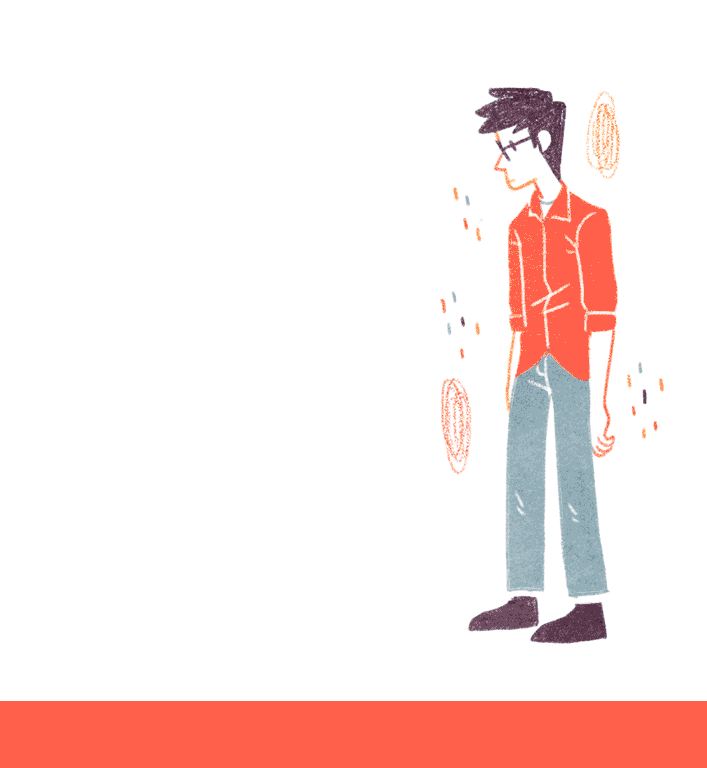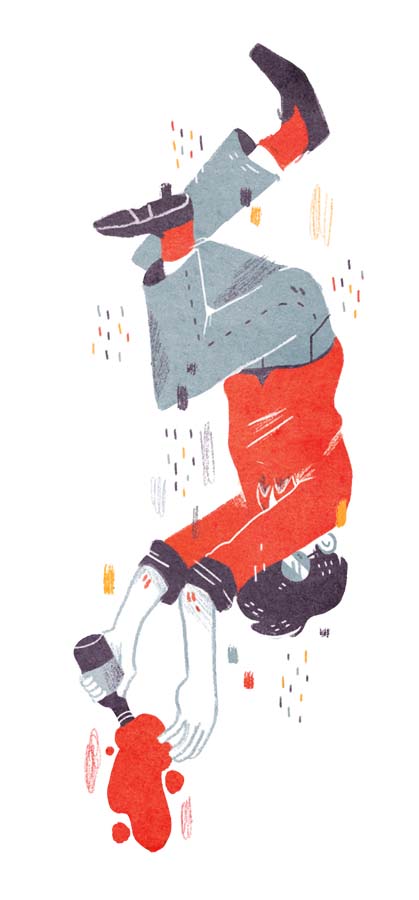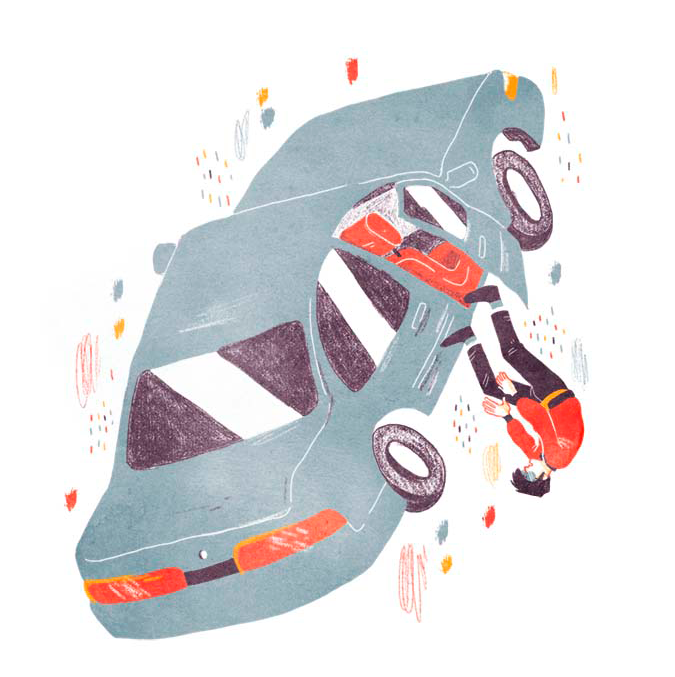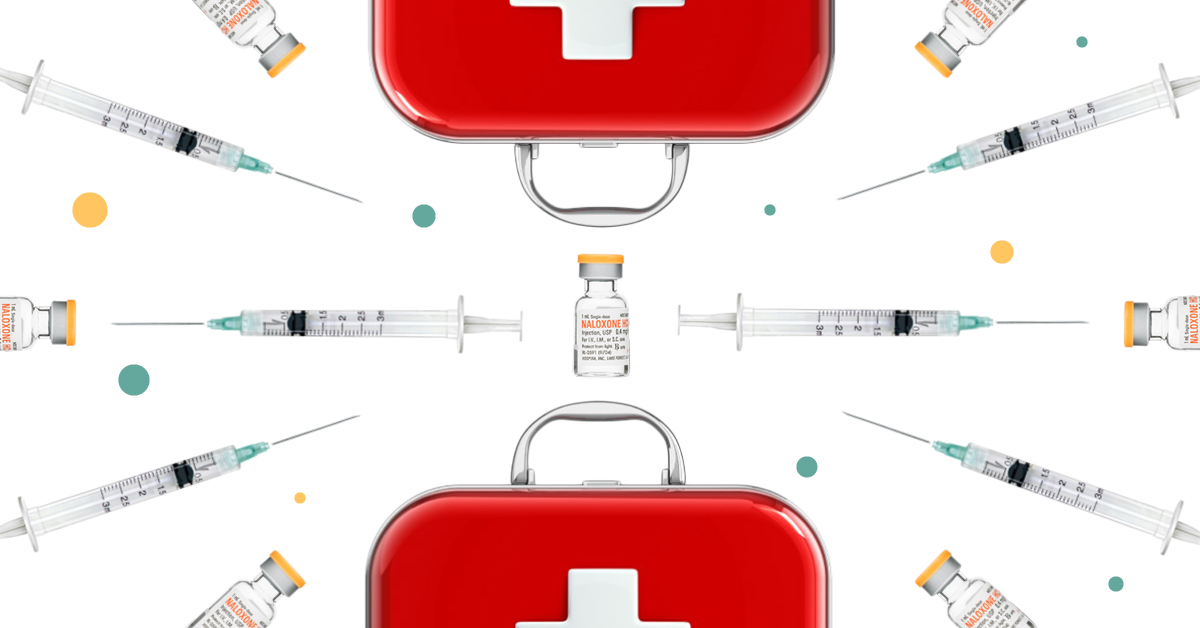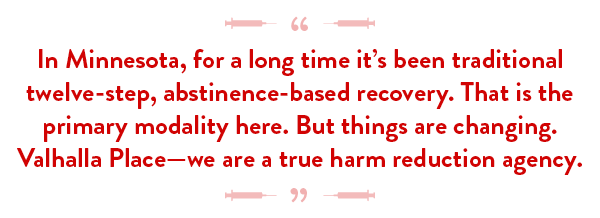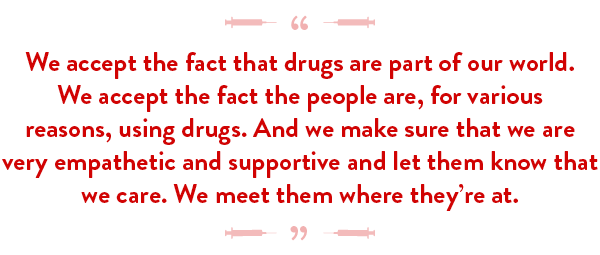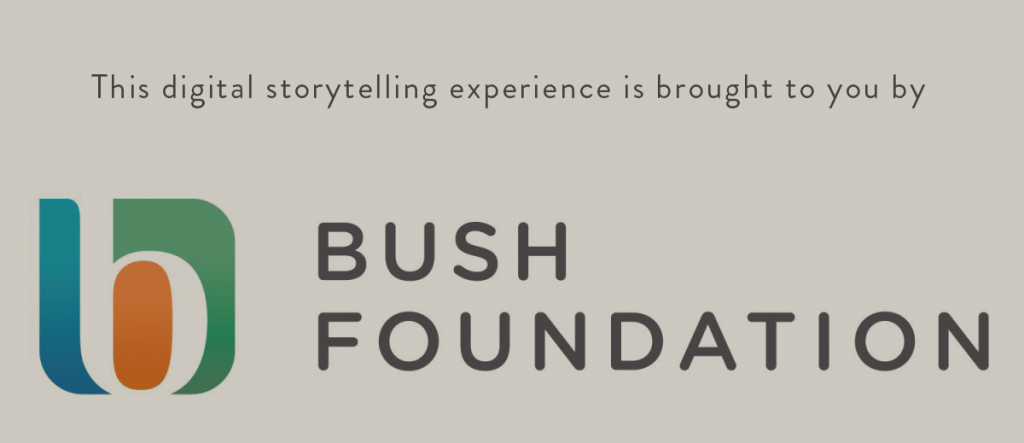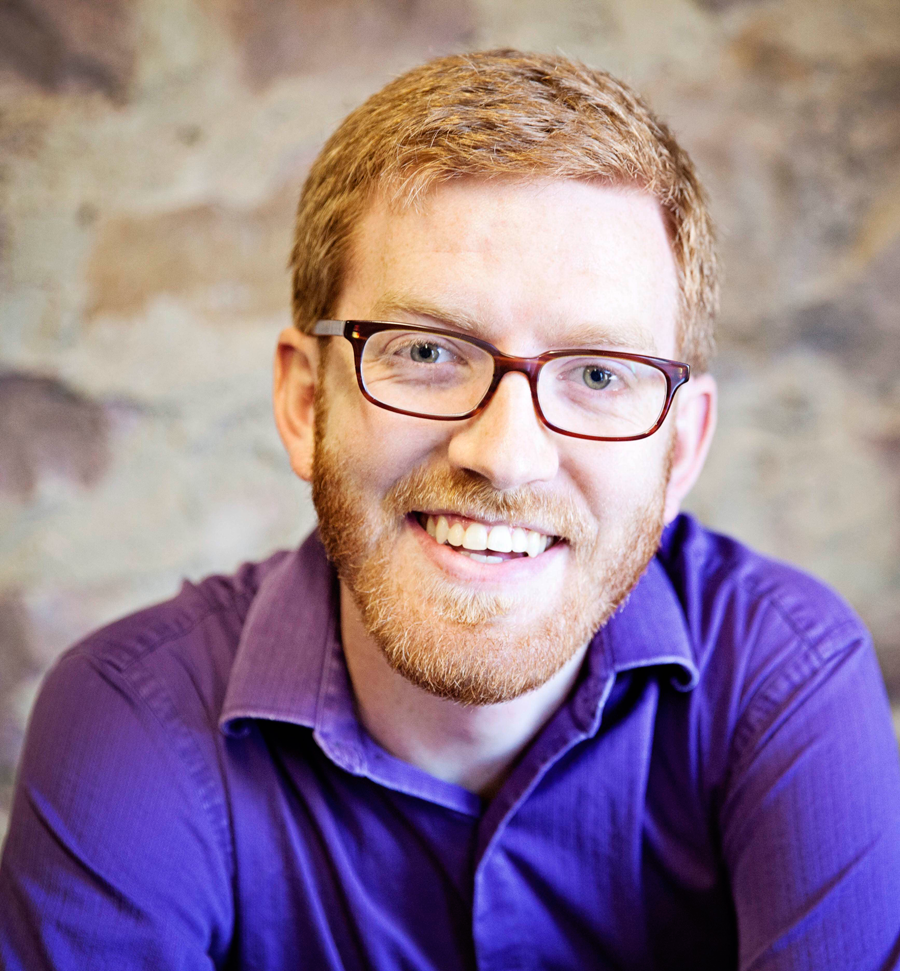David Whitesock works to bring those on isolated paths of addiction into the care of an entire community. His story is our story. We need to face his past, together.

 e calls it a former life, the years of drinking that led to five DUIs, ending with jail time and years of probation. In his current life, he analyzes data at Sioux Falls-based Face It TOGETHER, using technology to help people get well and to destigmatize addiction care. This year he was also named a Bush Foundation Fellow and is examining what it means to be a leader, and how addiction—treated and untreated—can have a ripple effect on communities.
e calls it a former life, the years of drinking that led to five DUIs, ending with jail time and years of probation. In his current life, he analyzes data at Sioux Falls-based Face It TOGETHER, using technology to help people get well and to destigmatize addiction care. This year he was also named a Bush Foundation Fellow and is examining what it means to be a leader, and how addiction—treated and untreated—can have a ripple effect on communities.
In the Face It TOGETHER office, built like a startup to attract talent from all around, David’s love for technology fits in well too. That sense of always looking forward backlights a defining principle of constant improvement, evident in the nonprofit’s work. But at the same time, David doesn’t balk when sharing his past, as it represents an example of how transformation can happen with help. He’s thoughtful and transparent as he answers tough questions about the illness that consumed him for years before going into remission.
In visits to his hometown of Grand Forks, ND, where he’s now meeting with community leaders to establish a Face It TOGETHER affiliate, the remnants of David’s former life sometimes reappear.
At one meeting, when David saw two police cars outside, he had a sort of Pavlovian reflex to evade. He walked in late and recognized the officers he was to meet with. When the reality of his new life caught up, he asked for forgiveness. 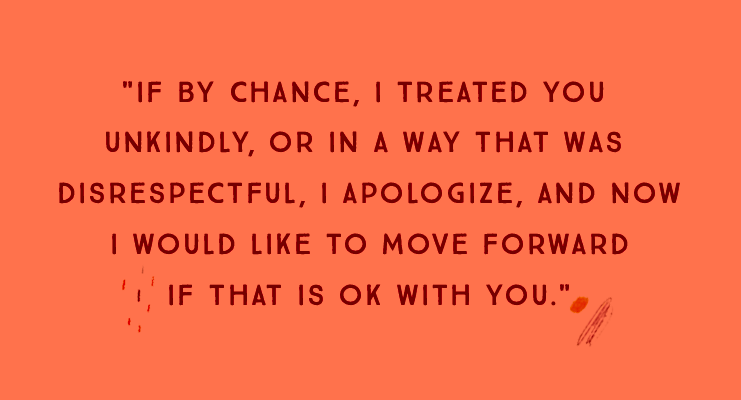
So what does it take to begin the process of recovery?
David calls it an ecosystem of good, made up partly of external forces. It’s the family and coworkers, lawyers and judges who decide to help, through compassionate care or tough love. It’s the larger structures like health care, education, and employment that encourage change. But part of that ecosystem of good also comes from within.
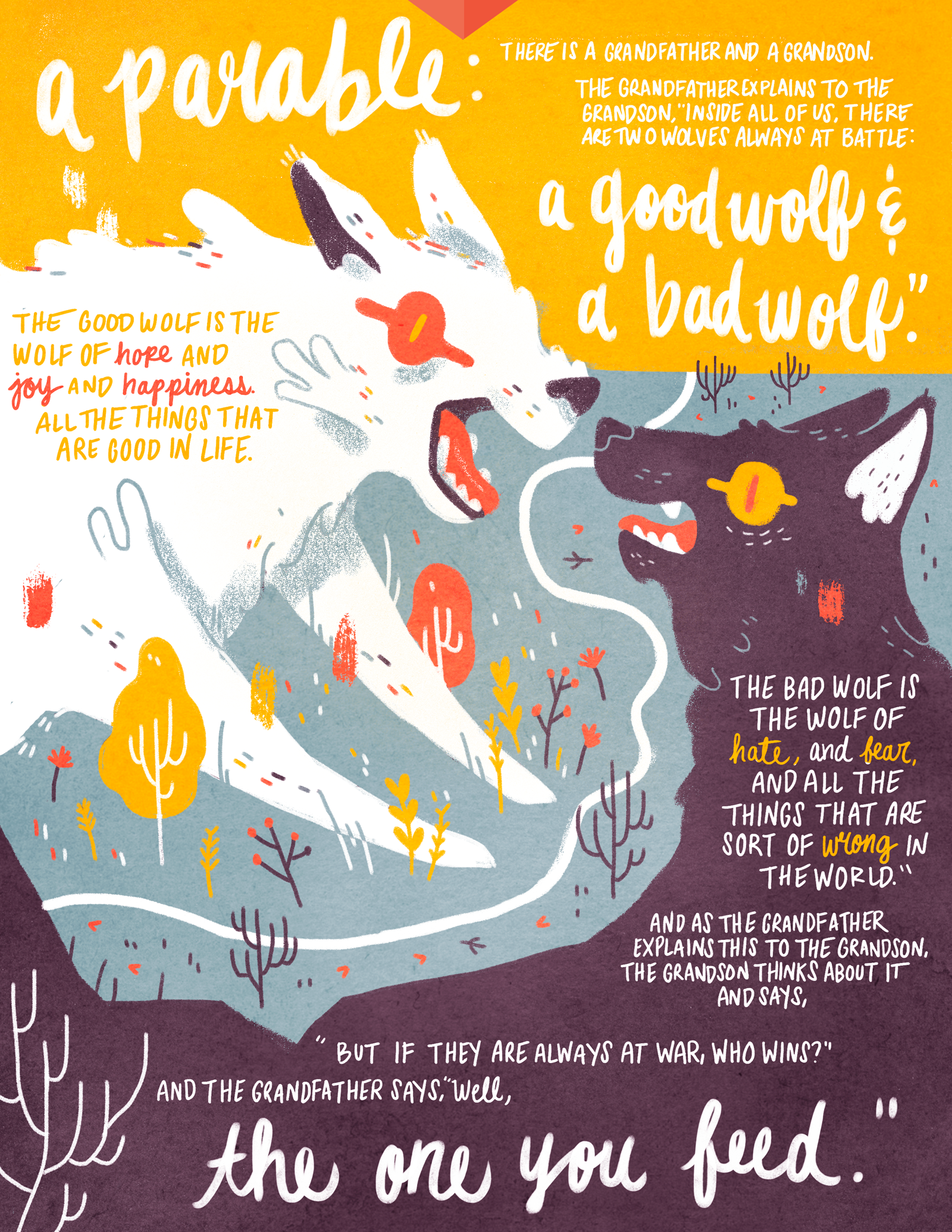
Before his turning point, David’s good wolf went undernourished. Alcohol was part of the problem, he says, but not the whole problem. An inability to cope with certain emotions, a lack of self-confidence, and the sense of shame that often accompanies and feeds the disease of alcoholism all contributed.
There were times when he could have begun his recovery sooner: after wake-up calls like his New Year’s Eve night in 1999, which ended by running head-on into a parked car; and during times of calm like early 2004, when a steady job as a radio announcer and a few months in recovery didn’t stabilize him after a breakup with a longterm girlfriend.
At those times, he instead slid back into the cycle.
It was only a short time after, in March 2004, when David was charged with his fourth DUI. A coworker bailed him out, and for a few weeks afterward, kept the news from their boss.
“He was standing in the parking lot waiting for me one day, and just said, ‘I can’t do it anymore.’”
“At the time, I didn’t think he made the right choice, obviously. But I look back on it, and of course that was the right thing to do. It eventually saved my life.”
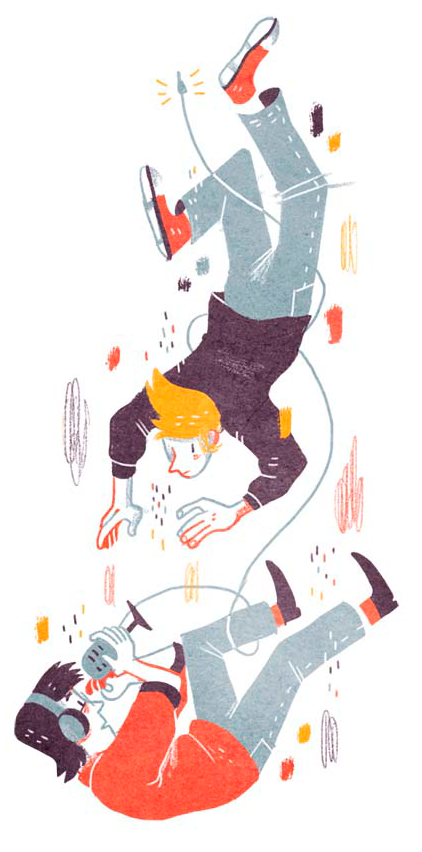
Eventually. For now, David was fired from the broadcasting job he had held for seven years. He went into intensive outpatient treatment and group counseling, and moved back in with his parents.
Regaining his footing briefly, David leveraged his knowledge of audio and web design to join in building a podcast company, which netted a feature in the New York Times. But barely a month afterward, David was forced out of the business, having turned down money from a potential investor. At that point, he says, he was “pretty much intoxicated 24/7.”
“Which led to my father seeing me one morning in a state that he didn’t think was very healthy—and near death. And so he said, ‘I don’t want to watch you die, so you’ve got ten days to get out.'”
When given an ultimatum, David was resourceful. He found a job in Winner, SD, and within a week had an interview. Before the end of those ten days, he was loading up a car and moving. 
With an early-morning radio job comes an entire afternoon and evening with nothing to do. In small-town South Dakota, David says, “You either go to the bar or you go play golf. And we did both.”
One night in June 2005, after closing down a golf tournament, David drove home past an officer who was ending his night, pulling up to the curb of his house. He flipped on his camera and saw David straddling the centerline.
“The video has me stumbling out of my car, knowing that this cop was behind me, trying to get to my house as fast as I possibly could, but I dropped my keys. He was able to apprehend me and smell the alcohol instantly, and I was arrested on the spot.”
Now with five DUIs, David says he was still trying to manipulate the system. Judge Kathleen Trandahl, he says, recognized how the system had failed him.
He had a supportive family, work experience, and financial stability. But over twelve years and a long line of criminal offenses, he’d never received proper treatment.
Judge Trandahl would continue to help David as he recovered from his illness, offering wisdom as he began work toward a law degree. But her first show of compassion was offering a new tool she had at her disposal.
She applied an alcohol use monitoring program that was only six months old, South Dakota’s 24/7 Sobriety Program, which required twice-daily breathalyzer tests.
Judge Trandahl also ruled to give David in-patient treatment, 180 days of jail time, and five years of probation (which he only had to do three years and seven months of—good behavior). While at treatment, he prepared a plan for his next year, which he presented to the judge for early release.
After 144 days in jail, David’s parents drove him to a sober home in Sioux Falls and set him up with a bicycle, clothes, and a cellphone.
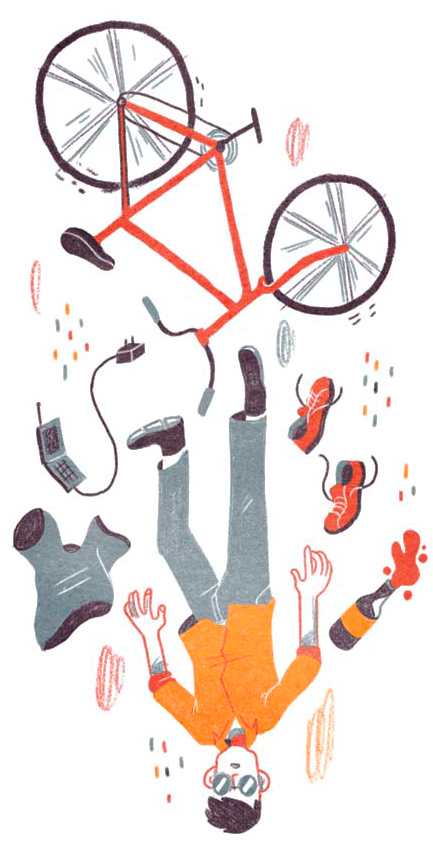
David took his last drink on July 3, and suffered from withdrawals. But through the better part of that month, he hadn’t yet grasped the gravity of his situation.
Then one morning, he woke up on the floor of his kitchen. It wasn’t alcohol that put him there. It was the full force of his circumstances—his disease, his path, and the uncertainty about his future.
“I don’t know how I got there or why I was there. I was just in the fetal position, right next to my refrigerator. And it was just one of those moments where you go, ‘Why am I here? What am I doing?’ You have that moment of clarity and you just surrender. You say, ‘I’ll take whatever comes my way.'”
That’s the moment David marks as his turning point.
That turning point also kicked off a string of connections that led him to today.
At the sober home, David met Kevin Kirby, who eventually hired David at Face It TOGETHER. It sounds like fate, but Kevin, a survivor of addiction himself, was committed to helping people like David, and was instrumental in establishing sober homes.
Kevin joined Charlie Day, a former finance officer in health care, to begin a seven-month town hall process to develop their vision for Face It TOGETHER. At that time, David was in college for pre-law and had seen a poster in the alcohol and drug studies building. He helped at the town hall by drafting the nonprofit’s 501(c)(3) application.
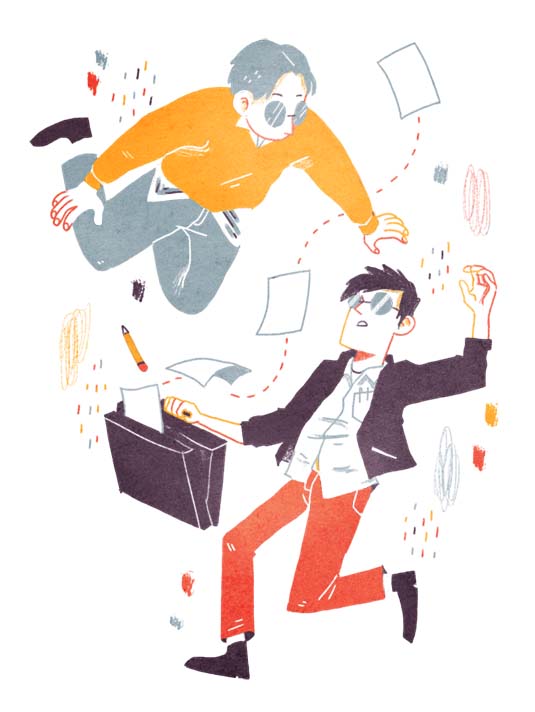
In 2012, David earned a joint Master’s and Juris Doctorate degree from the University of South Dakota School of Law. After looking for work and not getting any interviews—having a felony on his record—he was at the end of his networking list when he sent Kevin and Charlie a message.
Right place, right time? Yes, but it was purposeful. Kevin and Charlie chose to transform addiction care. David chose to help.
Face It TOGETHER welcomed David as an addiction informatics officer, and he has been hard at work there ever since.
All along the way, there was some structure to the encounters, that ecosystem of good composed of intentional people who had committed themselves to helping people experiencing addiction, and David himself, making the decision to apply or enroll, to feed that good wolf.
The most exciting part of his job, David says, is stepping outside “the bubble.” Face It TOGETHER empowers its employees to think and do differently.
“We want to look at how addiction has been addressed by public sector, private sector, society as a whole, and ask the question, ‘Is this getting the job done?’” David says. “If it’s not, we’re not going to be judgmental, but we’re going to come up with something different.”
Being on the leading edge means quantifying how much addiction costs employers. It means furthering connections with community leaders, often the same leaders David meets with for his Bush Foundation fellowship work. And it means formulating a business plan for expansion across the country, helping to build independent nonprofits based off the Face It TOGETHER archetype in Sioux Falls.
Here. Anywhere.
Now, as David works to establish affiliates in North Dakota and Minnesota, he understands more clearly what it takes for someone experiencing addiction to recover. It takes societal structures, yes—the criminal justice system, health care, education, and employment. But at a more granular level, it takes individuals who care, and it takes time.
“It’s a multifaceted social change, systemic change problem. We’ve treated addiction like an acute issue. We try to put Band-Aids on it. ‘OK, go to treatment for thirty days.’
“‘Well, I’ve suffered with this problem for twelve years, and you want me to fix myself in thirty days?’ We wouldn’t do that for any other physical issue. It’s unheard of. And so the treatment system around addiction has to change. It has to fit the nature of the disease, which is chronic and long-term.”
It takes a community willing to face it together.
David landed in community and helped to build a dynamic, cross-sector community of support for others in the Face It TOGETHER model.

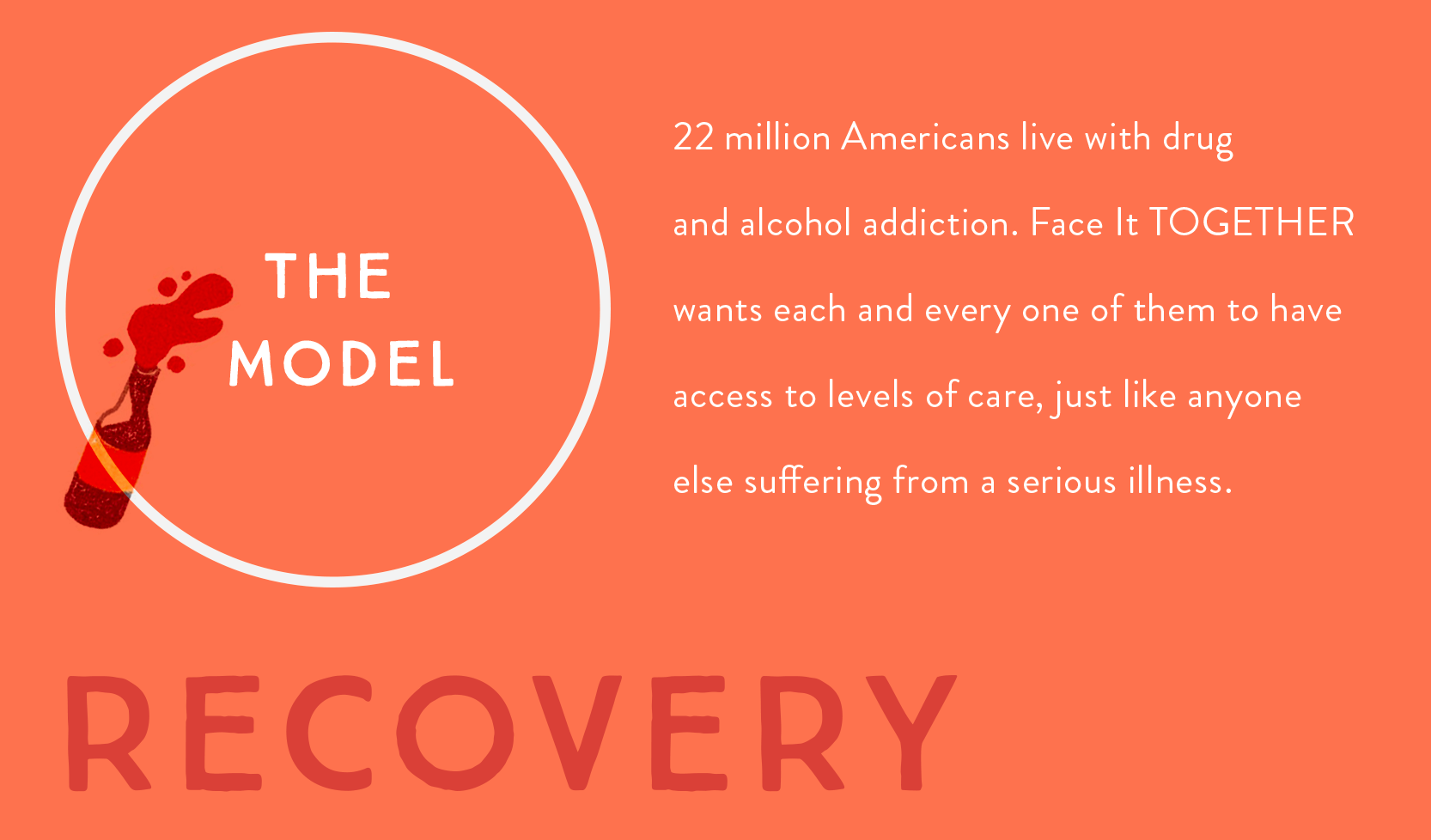
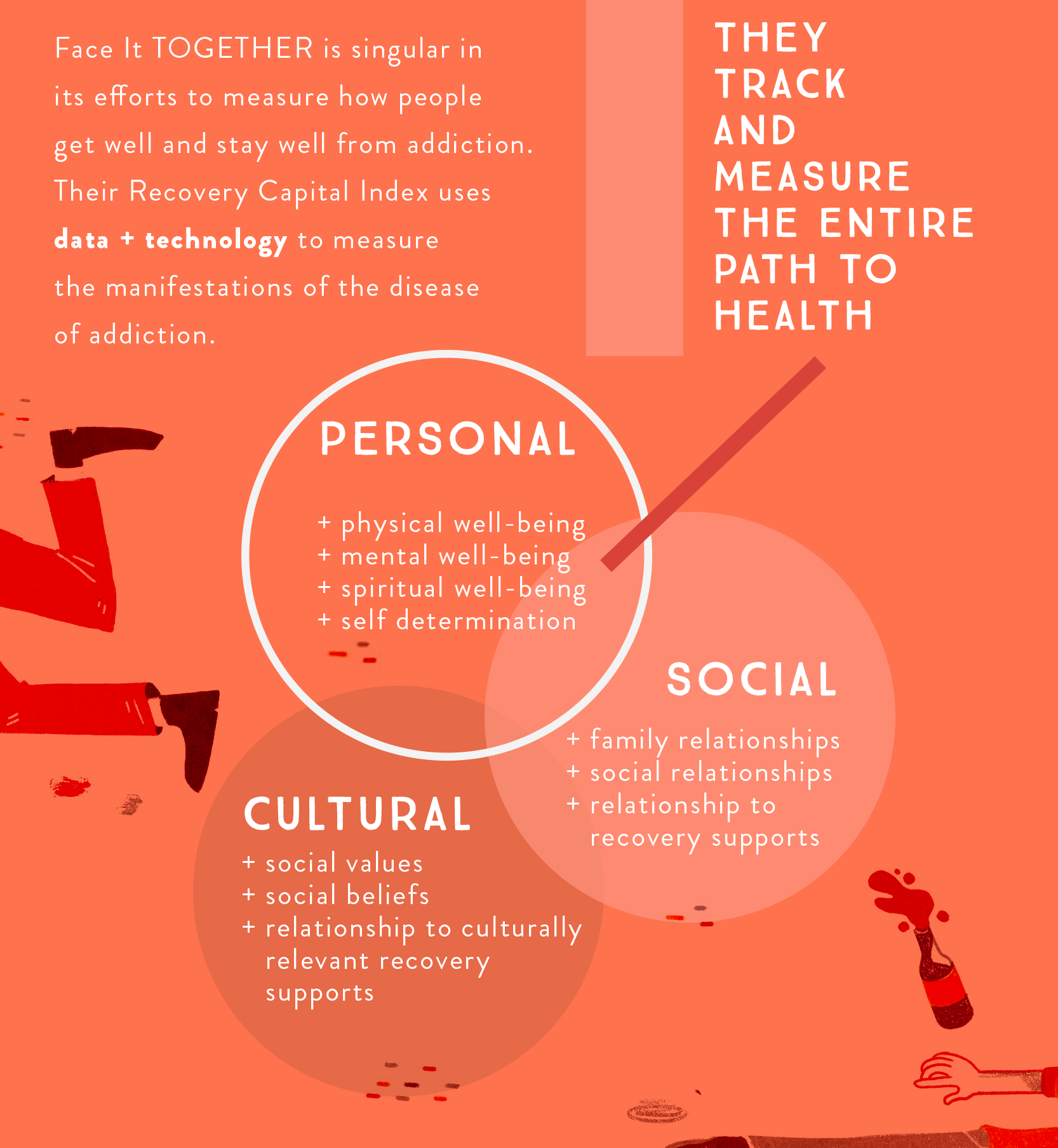
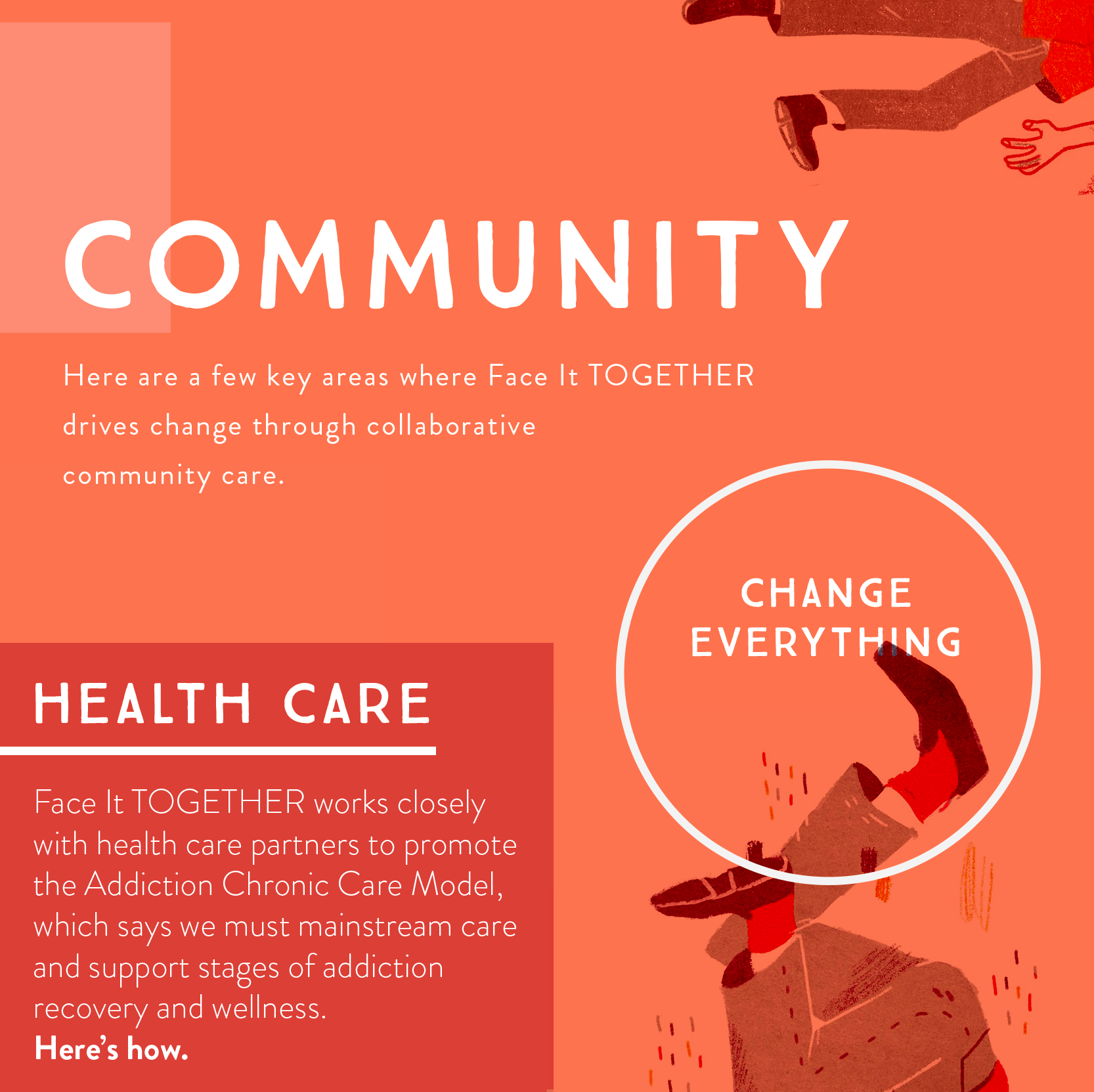
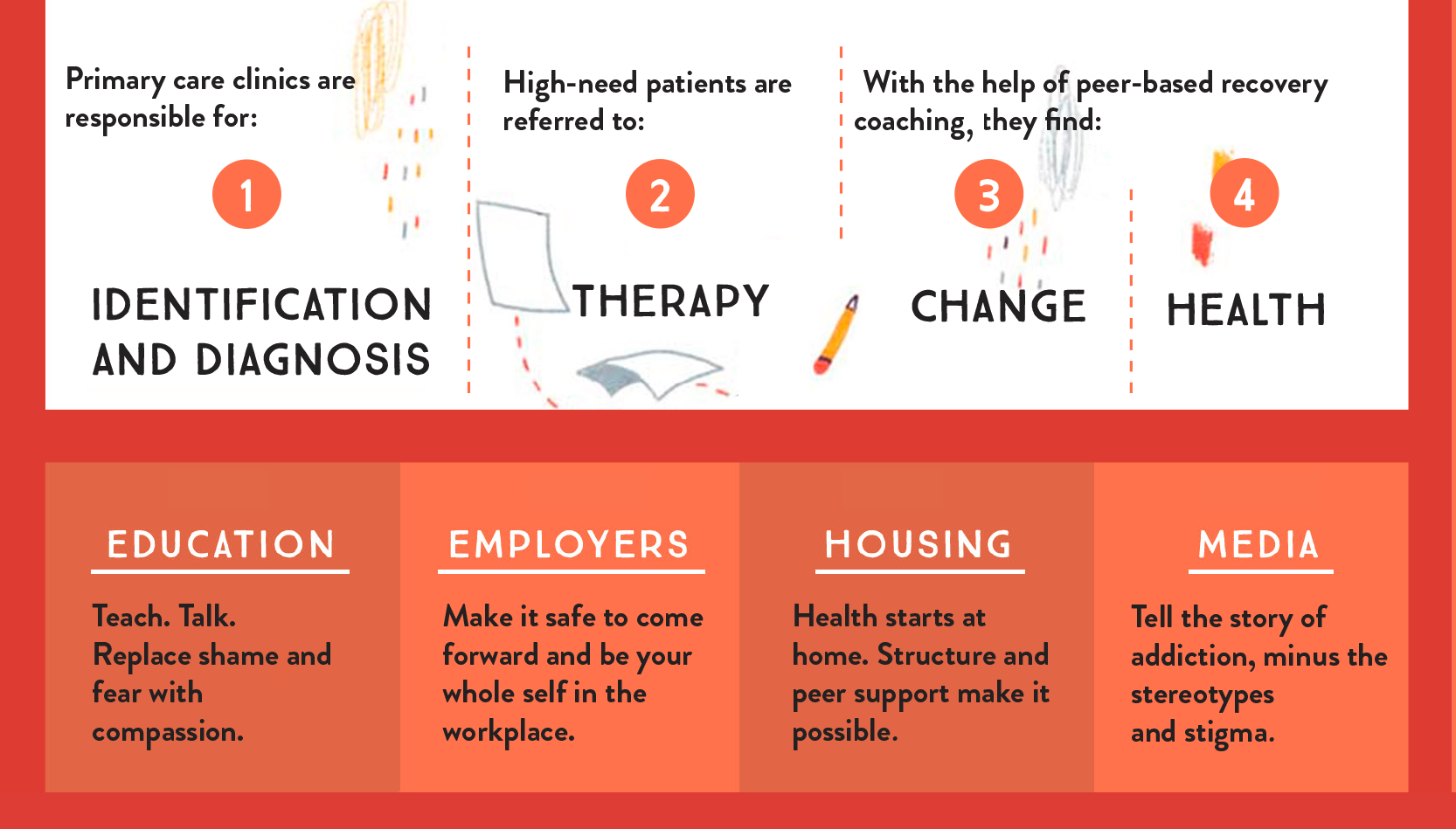
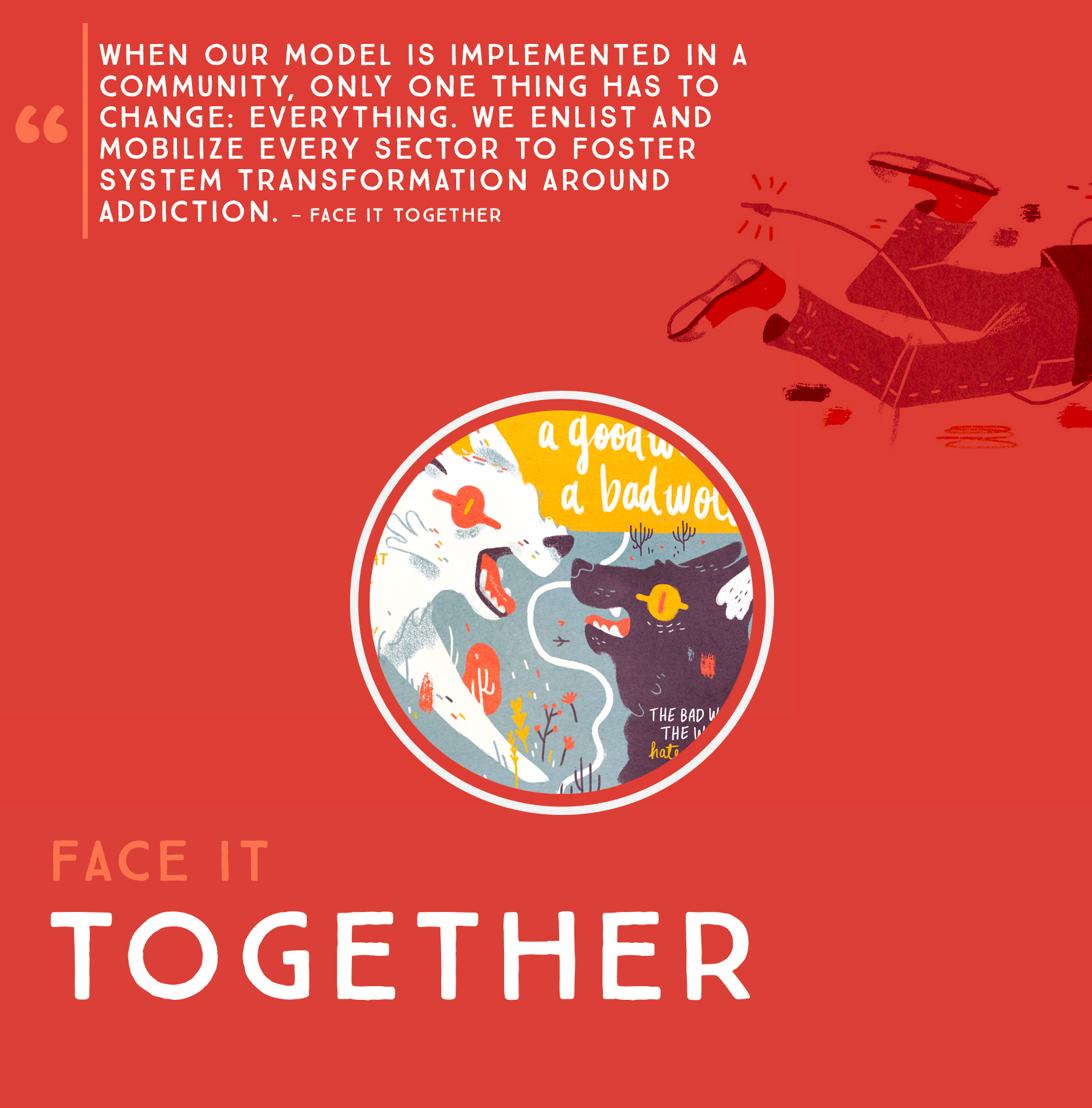

Face It TOGETHER Sioux Falls was a recipient of the 2014 Bush Prize for Community Innovation, which is an award that honors and supports innovative organizations with a track record of making great ideas happen.
Contributors


